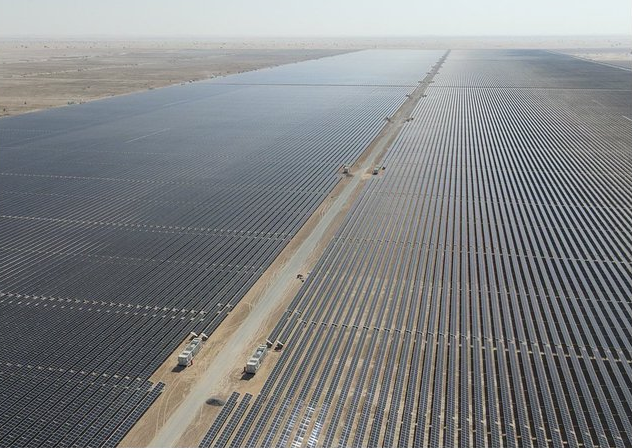The Fukishima nuclear meltdown that occurred as a result of the 2011 earthquake and tsunami has prompted Japan to seek alternative energy sources. Though a return to nuclear has not been entirely abandoned, they are proceeding with great care and new possibilities for solar are already being initiated.
Prior to the disaster, nuclear supplied about 30% of Japan’s energy for about 127 million people from some 50 plants. With radioactive material from the meltdown still flowing into the ocean and the clean up likely to take decades, the local population is reluctant to be dependent again on an energy source with such devastating potential. With public confidence in nuclear power at such a low level, and land mass at a premium, the necessity for alternatives led to innovation motivation, and one idea was to create floating islands of solar panels.
The first to come online was Kyocera Corporation with a 70 megawatt floating solar array of panels to power about 22,000 homes from their Kagoshima Nanatsujima plant. The inauguration took place in November of 2013 to much fanfare, with government and industry officials present for the ceremony.
Kyocera partnered with six other companies under a “special purpose” permit, and obtained legislation for “feed in tariff (FIT)” to bring the project online. Japan’s feed-in-tariff program mandates that local utilities purchase, for a 20 year period, 100% of any solar power generated by plants producing 10kw or more. This FIT requirement reduces risk of monetary loss on start up costs and proves a governmental commitment to exploring alternatives to nuclear as future power providers.
This first “power island” also serves as a demonstration model, offering tours and educational programs to enlighten the public to the benefits and means of producing energy from solar collection.
Kyocera just announced plans for two more solar floating islands to produce 60 additional megawatts of electricity. Given the constraints of limited land per capita and lack of domestically produced fossil fuels, Japan should be commended for the attempt to seek the least potentially harmful source of energy production while reducing their dependence on foreign fuels. Perhaps other nations might follow the lead and recognize the value in starting the transition to renewable and least detrimental energy sources BEFORE a disaster makes it evident and imperative.






